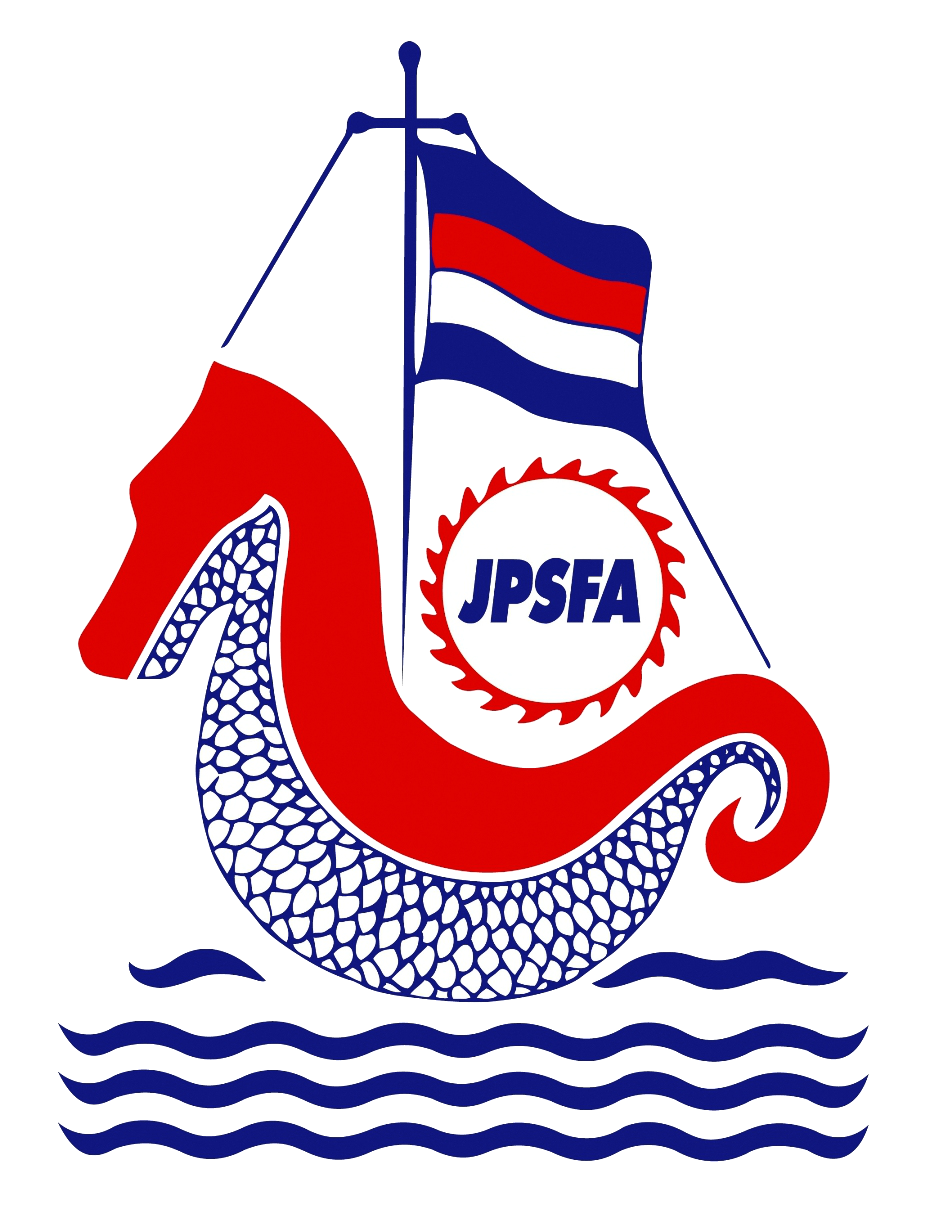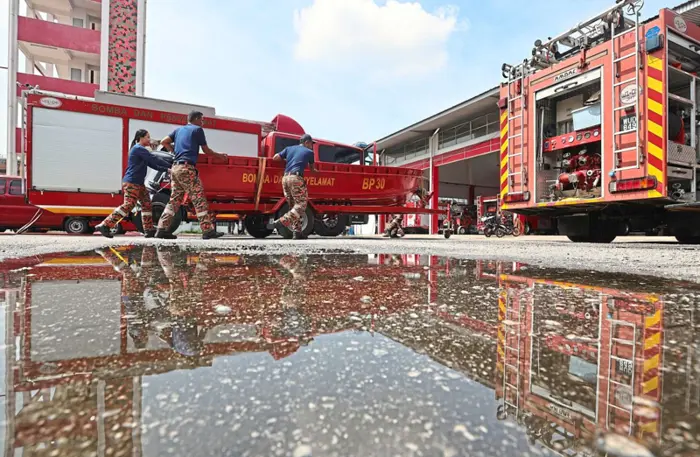THE government has been urged to adopt a full “ready-to-go” strategy to ensure emergency aid can be delivered swiftly and efficiently during the monsoon season.
Universiti Teknologi Malaysia (UTM) Disaster Preparedness and Prevention Centre full member Dr A. Kogila Vani said she had come up with the Code 1333 framework that outlined three critical stages.
She said this approach would reduce reliance on ad-hoc responses.
This, in turn, would ensure that all aspects of preparation remain consistently in place.
“The first stage, called the Year-Round Preparation, focuses on strengthening vital infrastructure such as bridges, roads and drainage systems,” said Kogila Vani.
“At the same time, flood mitigation projects can be implemented in flood-prone areas that can be mapped using satellite data and geographic information system.
“The second stage of the Pre-Season Preparation — when steps are taken to improve readiness — will begin three months before the monsoon.”
She added that these measures would include conducting emergency simulation training for communities, schools and government agencies.
“The third stage of Critical Preparation will take place three weeks and three days before the expected onset of monsoon season.
“At this point, early warnings will be issued to communities living in high-risk areas through multiple channels such as text, social media platforms, television and radio.”
She said frontline responders and volunteers would need to be equipped with advanced skills through training programmes to manage emergencies and shift schedules to prevent exhaustion.
“Proactive measures, such as pre-registering vulnerable groups like individuals with disabilities, senior citizens and pregnant women, will ensure smoother evacuations.
“Relief centres must then be equipped with facilities tailored to the specific needs of these groups’ well-being during emergencies,” she added.
Kogila Vani also acknowledged that climate change brings more challenges as intense rainfall could trigger disasters such as landslides, soil erosion and disease outbreaks.
She stressed the importance of evidence-based data in managing these challenges.
Accurate data on victim numbers, extent of damage and disaster-prone areas can be sourced from agencies such as Department of Statistics Malaysia and Meteorological Department (MetMalaysia).
Kogila Vani pointed out that such information would enable government agencies, humanitarian organisations and local communities coordinate resources, logistics and manpower more effectively.
Citing global examples, the Water and Environmental Engineering Department senior lecturer at UTM said Singapore had managed to reduce its flood-prone areas from 3,000ha to just 30ha through sustained systematic efforts.
She also highlighted Japan’s multi-layered disaster management approach which integrates advanced technology, large-scale infrastructure and community participation.
“The Netherlands has adopted a ‘Room for the River’ strategy to allow controlled flooding in specific areas to alleviate pressure on main drainage systems.
“By adopting these proven strategies and tailoring them to local needs, Malaysia can transform floods from unexpected disasters into manageable challenges.”
She also said year-round preparedness, continuous risk monitoring and proactive disaster operation centres could ensure public safety.
Reference : https://www.thestar.com.my/metro/metro-news/2024/12/24/malaysia-urged-to-adopt-ready-to-go-flood-response

